The Learning Pit
At Monkton CofE Primary, we use The Learning Pit to ensure that children are challenged in all that they do. Without challenge, there is little learning so we want to make sure children are taken out of their comfort zone and use a variety of skills to climb out of the pit! We want children to have sweaty brains!
The learning challenge is designed to normalise challenge, resilience, and reflection, in order to build a growth mindset. Its aim is to encourage children to become more comfortable with metacognition, and have the skills to question and reflect so that their knowledge can move from the surface level to deep understanding. It’s important that children not only question the concepts that are presented to them, but also their own thinking as well. That way, they can develop critical thinking, and the skills for learning other concepts. It aims to nurture childrens’ curiosity and by effect, a love of learning.
Take a look at the pictures below to see The Learning Pit in each classroom and action pics of it being used to help children make accelerated progress.
Active Learning
Active learning is a process that has pupil learning at its core. Active learning focuses on how children learn, not just on what they learn. Our children are encouraged to ‘think hard’, rather than receive information from the teacher and then be expected to retain it. Teachers, here at Monkton, make sure that they challenge the children’s thinking. With active learning, the children play an important role in their own learning process. They build knowledge and understanding in response to opportunities provided by their teacher. We believe that active learning increases the chances of children remembering key skills and knowledge.
At the beginning of the planning process, teachers will ask themselves the following in order to incorporate active learning into the lesson.
- What do the children in my class need to learn?
- How will the task that I have chosen help the children in my class learn?
- How am I using questioning?
- How far am I creating a positive classroom culture where it is ok to take intellectual risks?
- If I need to focus on content, can I focus on the skills at the same time?
- How will I present the task to the children?
- How will I know that every child in my class has learnt the skill or has progressed towards learning the skill?
Look at the pictures below to see the children 'doing' in order to learn!
Catering for all – Differentiation, the Monkton way
It’s not just about giving children different work
There is a range of ways to differentiate, which could be employed whatever the need of an individual pupil, dependent upon what you are trying to achieve. None of these are set in stone and all should be approached and applied with flexibility and creativity. Types of differentiation include:
- Support: the expectations of output may be the same but you provide more support/different support for some people. This may be through adult support or the use of resources and displays. Consider in particular how you are using TAs – just putting a TA with a pupil with SEND is not going to meet their needs if the TA is not clear about what they need to do. We need to provide the optimum level of support, which particularly means not too much; in other words, if a pupil has TA support, then the support should be focused on developing their learning and independence rather than task completion, and the TA should not sit with them all the time (unless there is a very clear reason for doing this). It is the teacher’s responsibility to direct the TA, and the teacher should also ensure that they spend time teaching all pupils including, or especially, those with SEND (more info on page 8)
- Task: sometimes it is appropriate to provide different tasks to suit different people’s needs
- Resource/presentation: the task is the same, but different resources are provided or it is presented in a different way as children have different learning styles.
- Time: the task and expectations for outcomes are the same, but some people have longer to complete it, and/or the task is broken down into shorter ‘chunks’.
- Feedback: this is something that teachers tend to do automatically (offer different feedback to different pupils, both written and verbal) and so may not think of it as differentiation but it is. Specific praise targeted at individual needs tends to be effective, focusing on the positives
Assessment (during and after lessons)
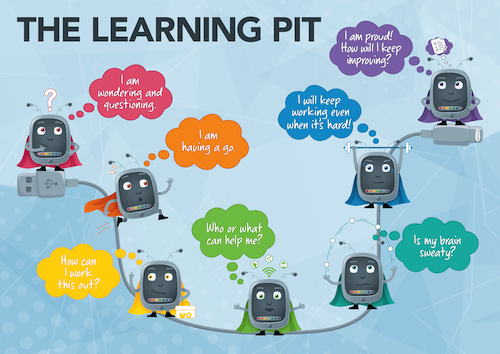
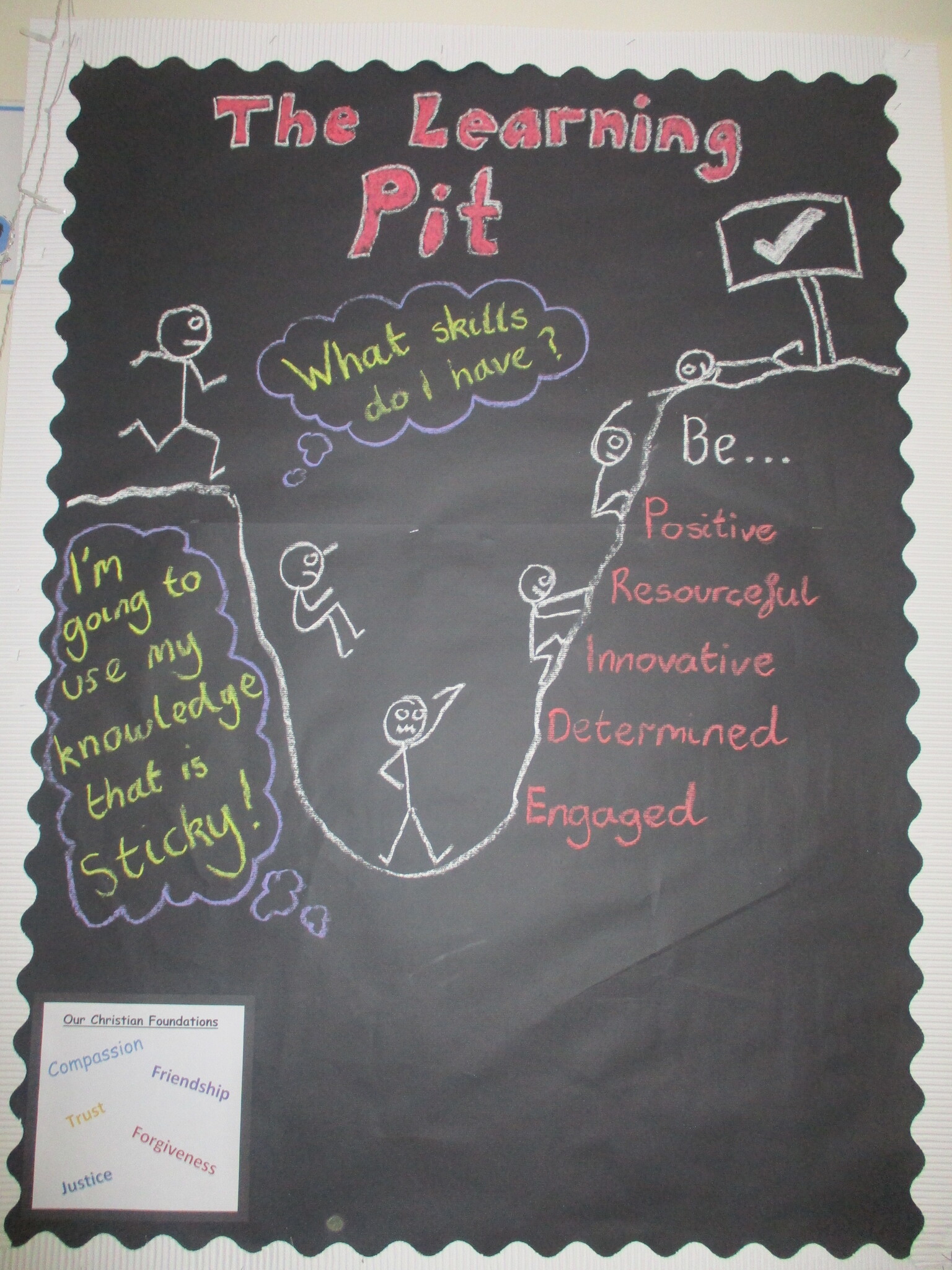



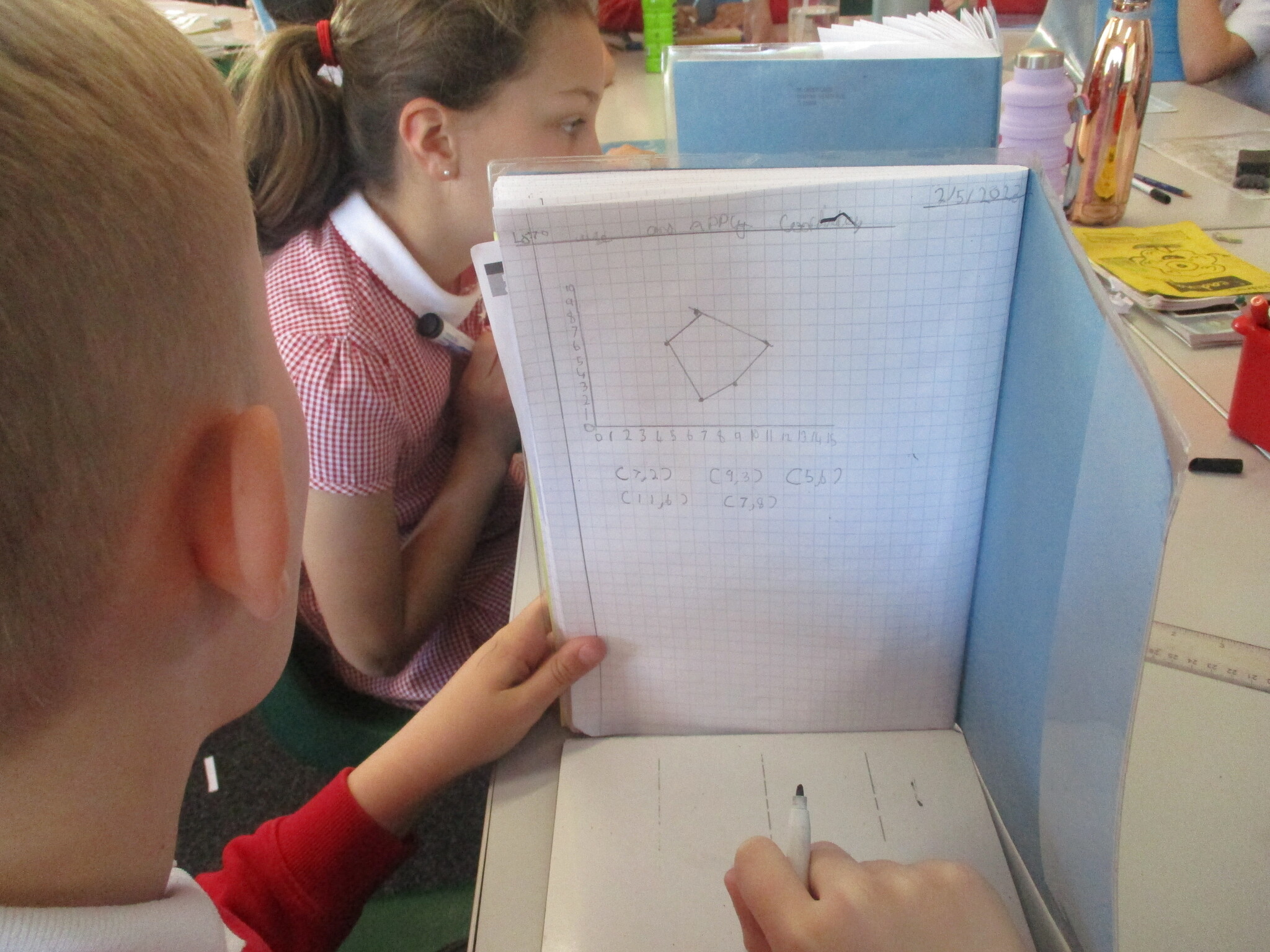
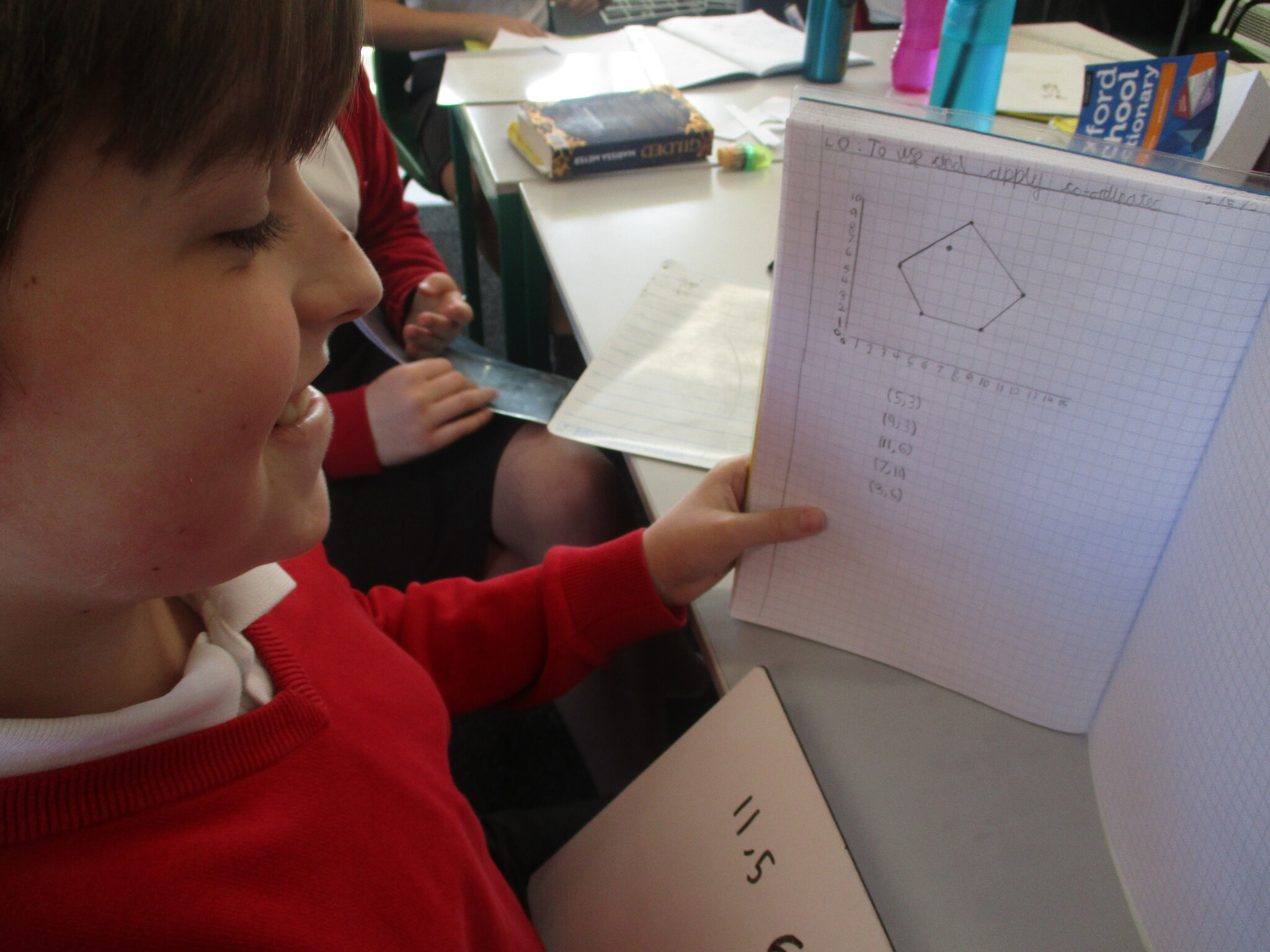


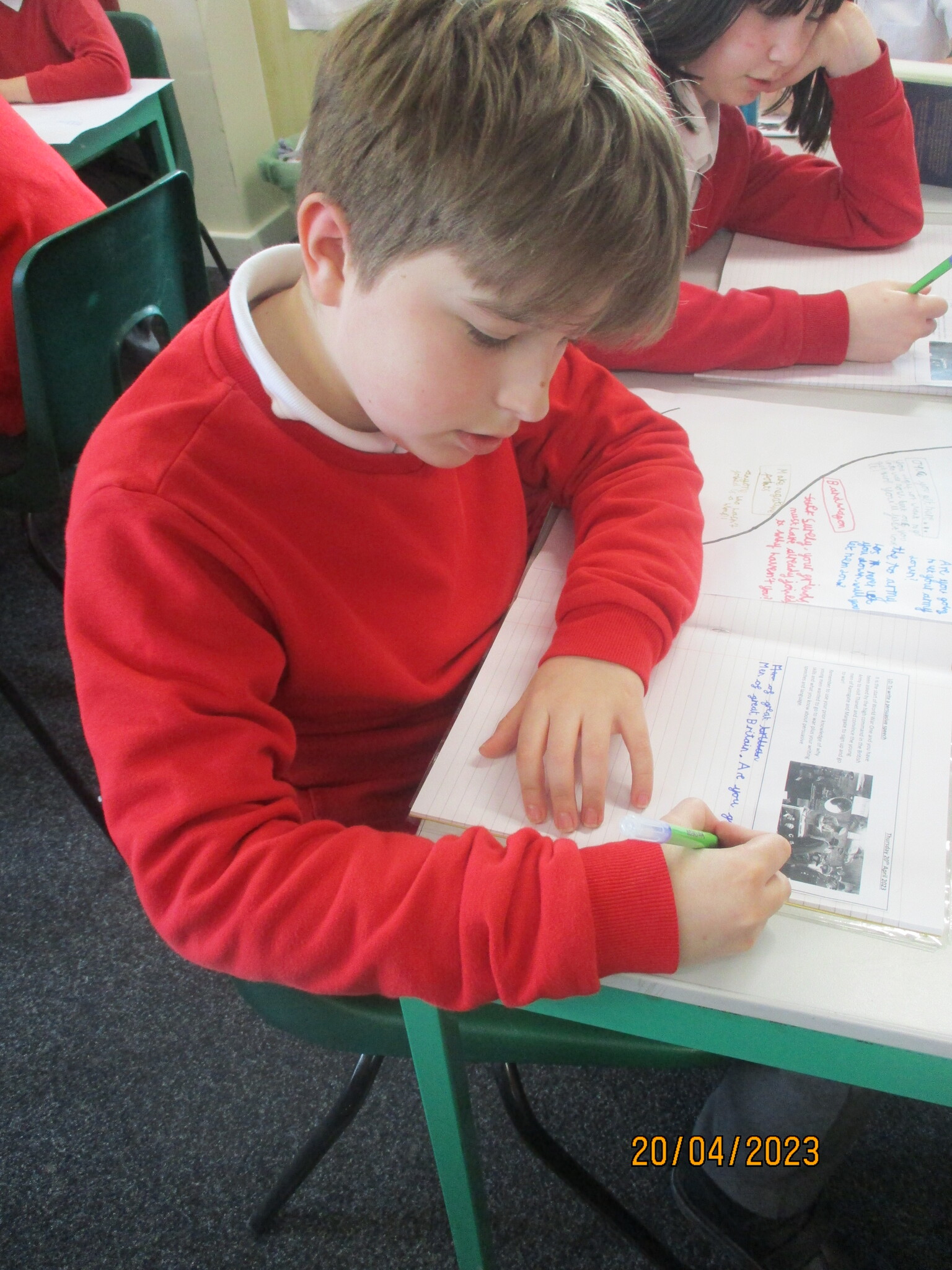
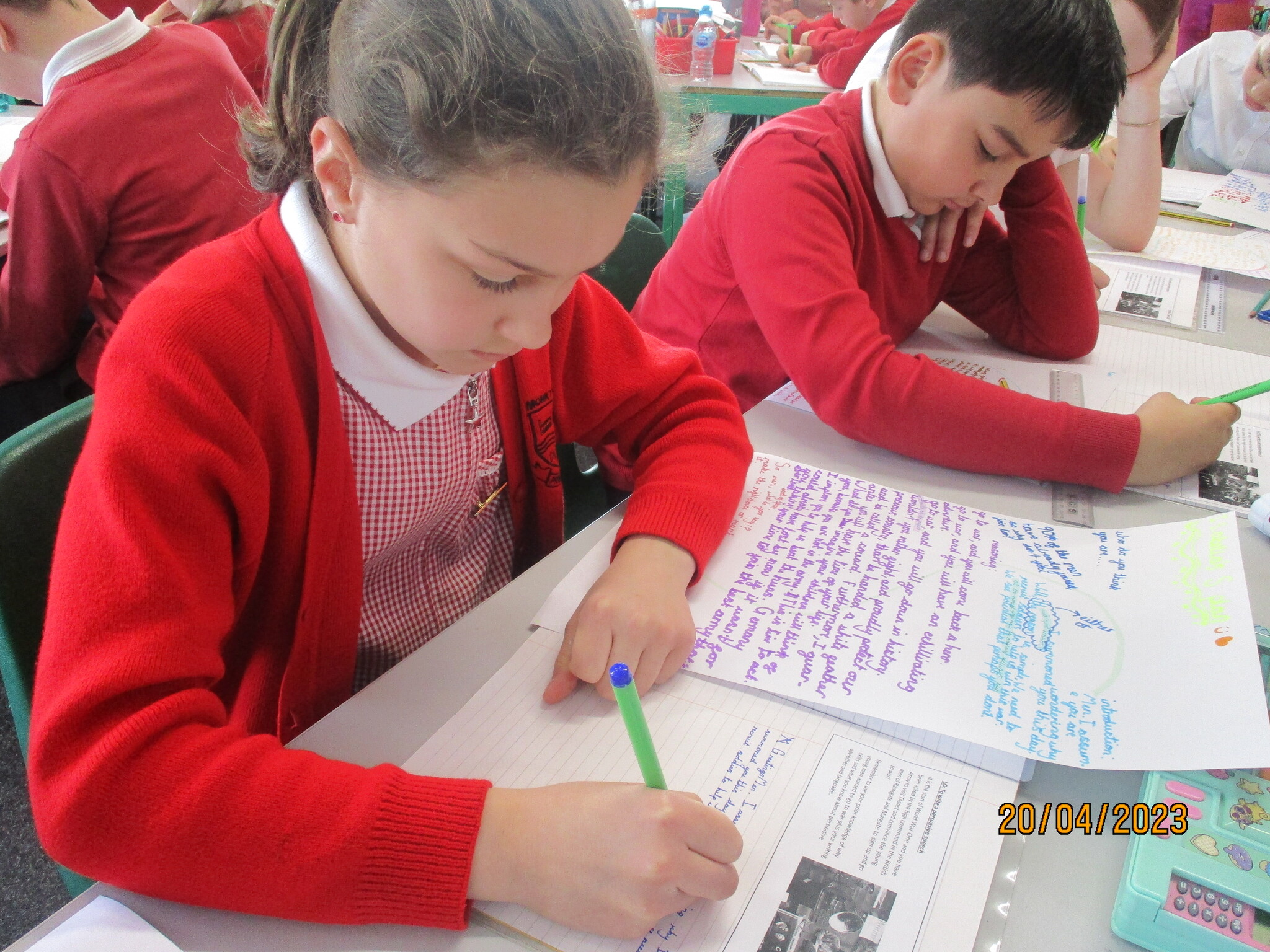
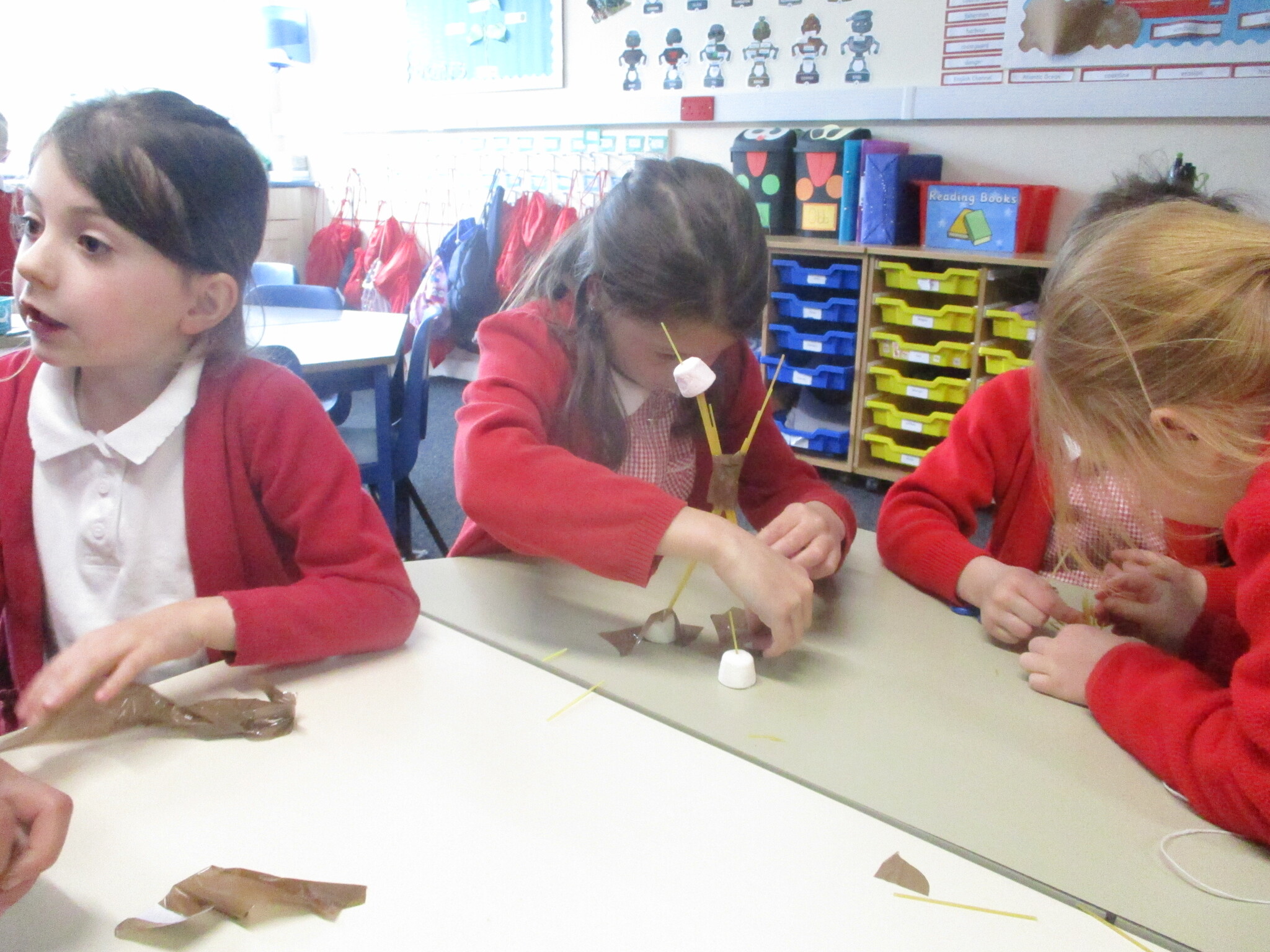
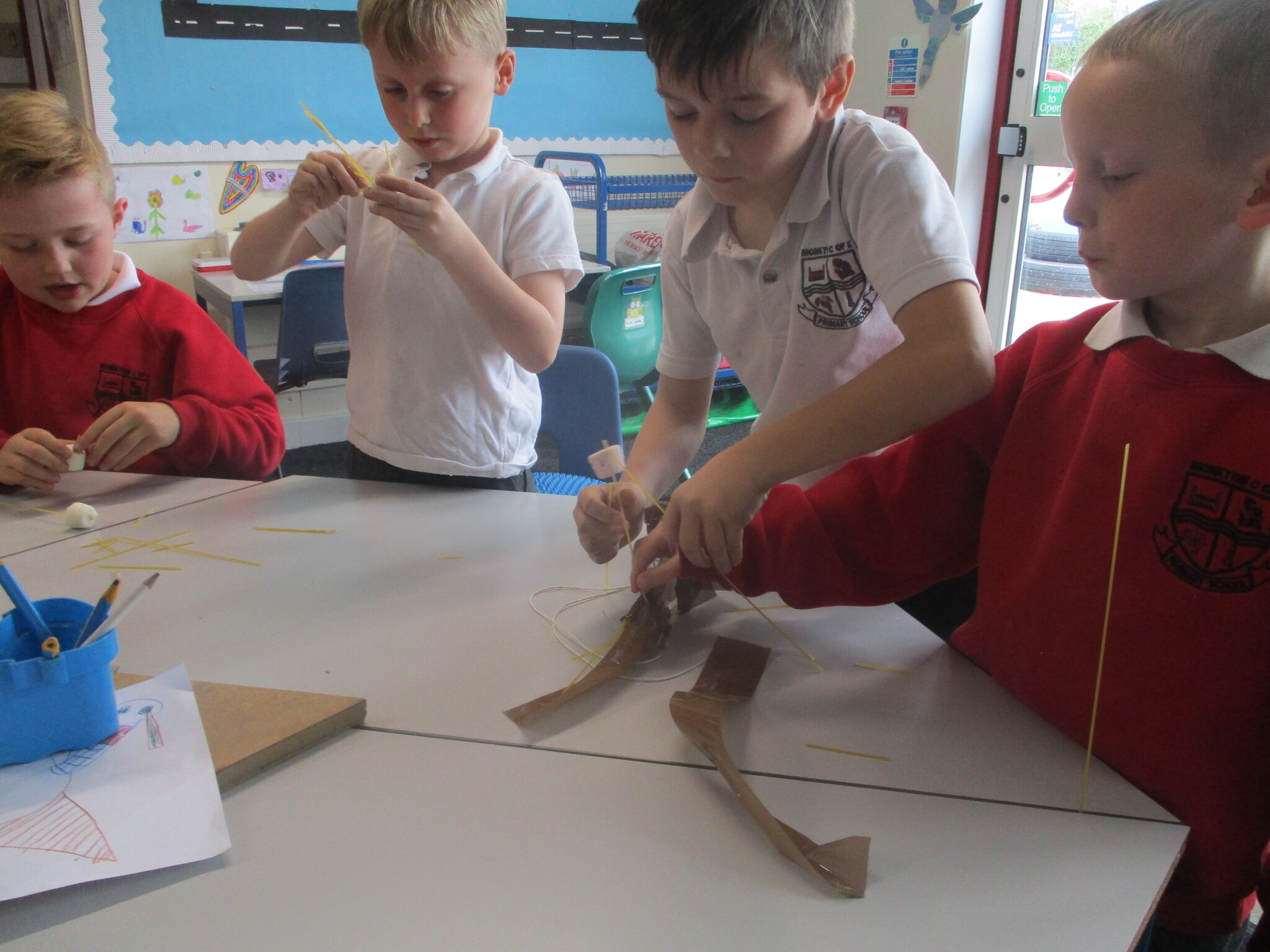
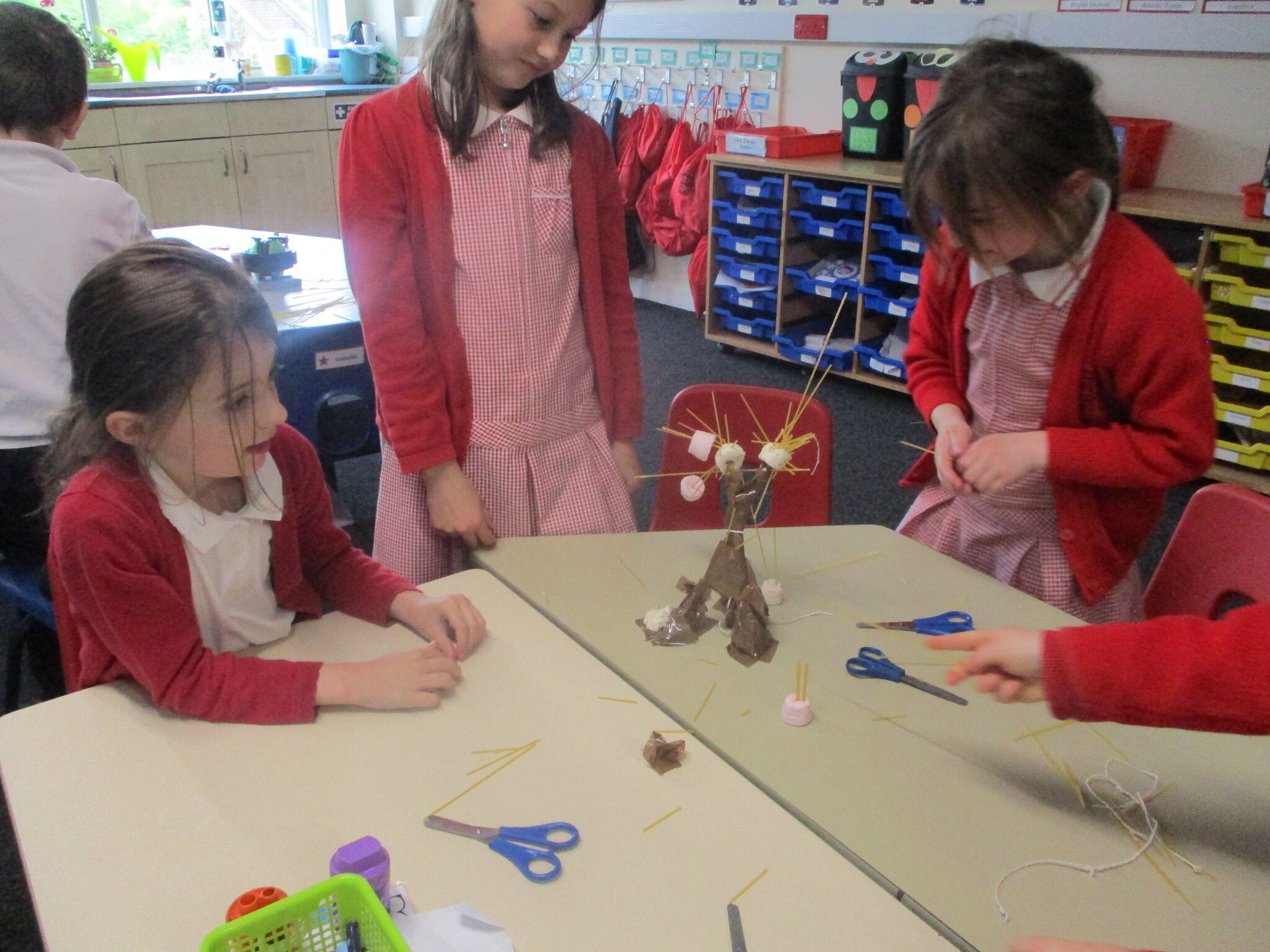


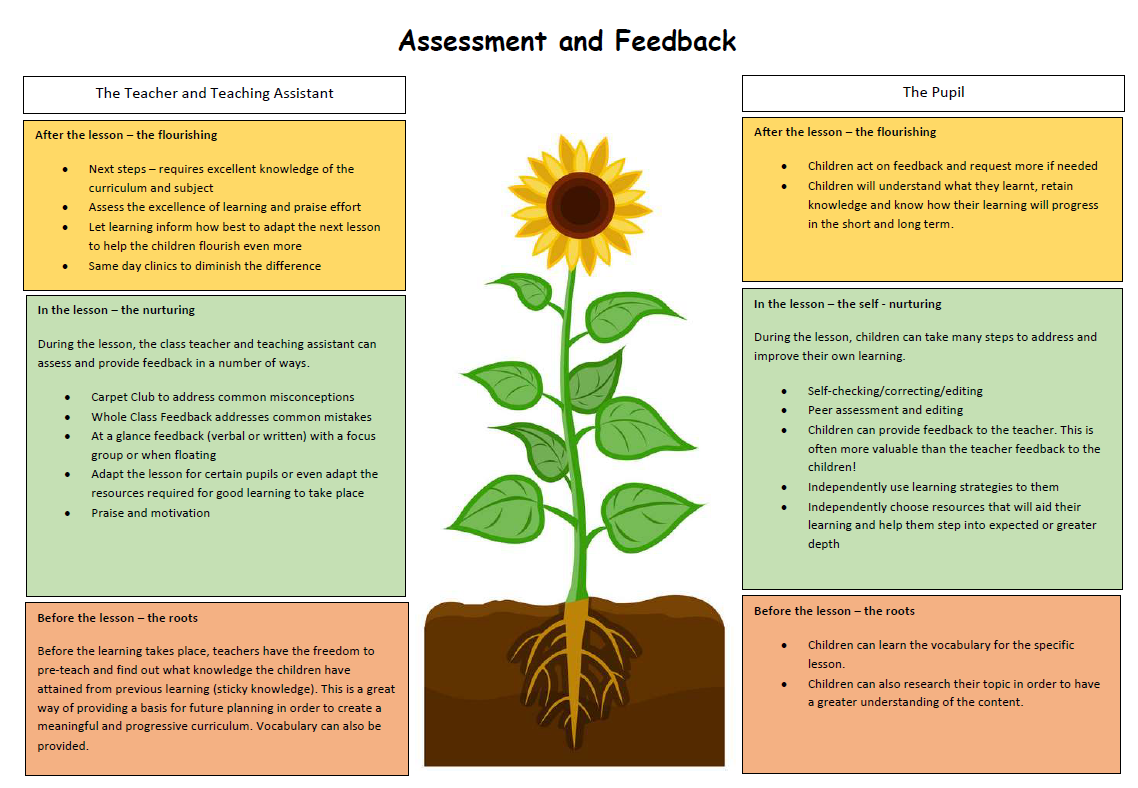

_Logo.png)